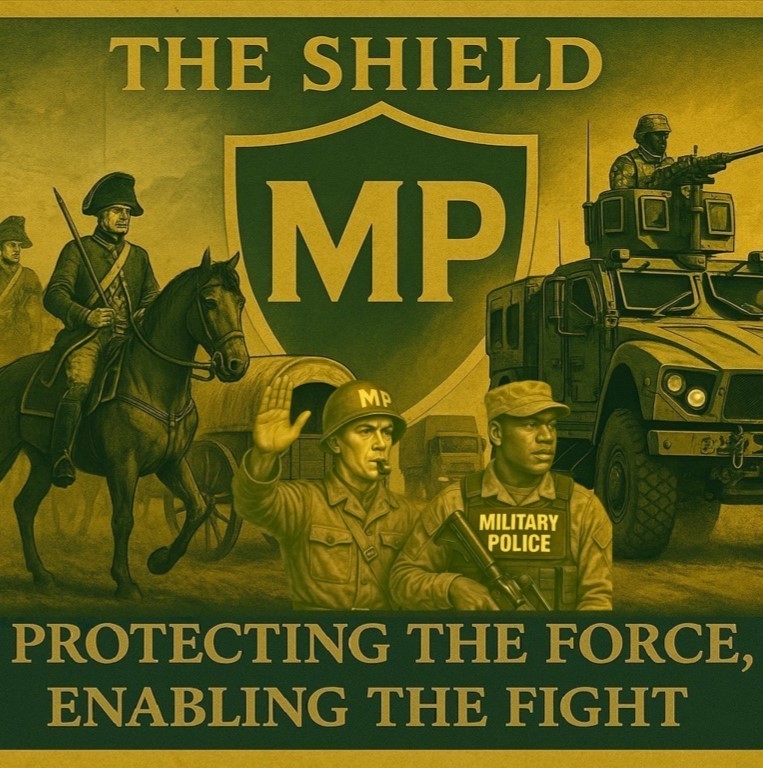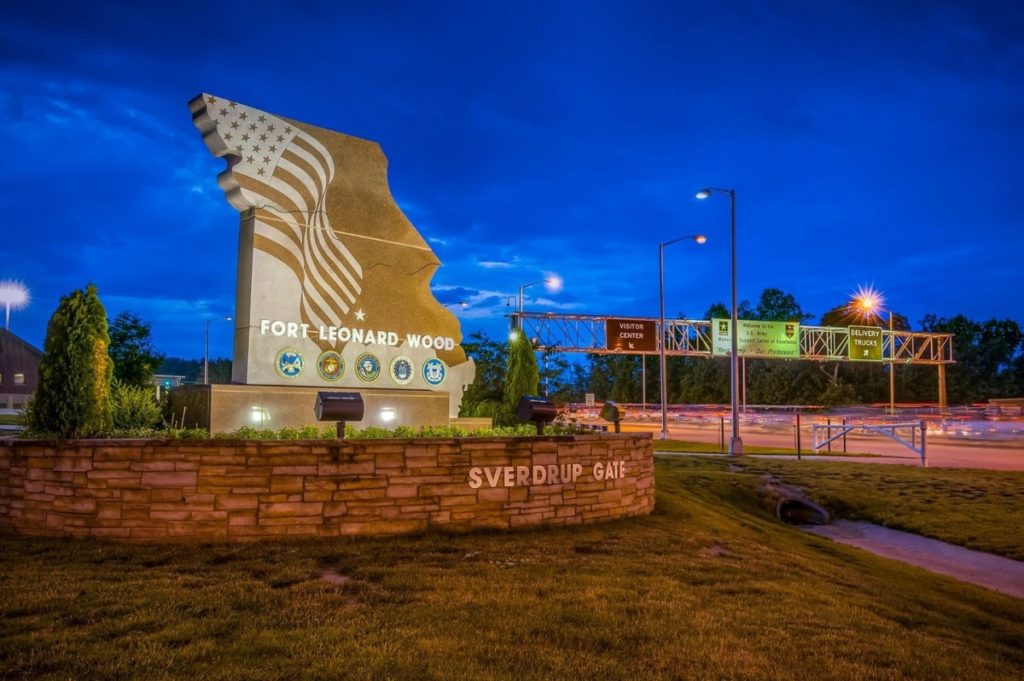Mike Campbell
FORT LEONARD WOOD, Mo. (Jan. 19, 2022) – A horrific fire in New York City earlier this month killed 19 people, and has once again brought attention to the hazards of home space heaters.
Experts say the fire was not an isolated incident. Space heaters — which by some definitions can include certain types of stoves and fireplaces, in addition to portable electric devices — are common sources of deadly fires. In fact, space heaters are responsible for more than 25,000 house fires every year, in addition to a number of deaths and injuries, according to the U.S. Consumer Product Safety Commission. With the risks associated with space heaters, it’s no surprise people are hesitant about using them.
Space heaters can also be a welcome supplement to any central heating system, or a handy and inexpensive way to heat a space without fixed heat, but exercising great caution and care when using a space heater is extremely important.
Space heaters aren’t inherently dangerous as long as some best practices are followed.
When purchasing a space heater, check for the following safety features:
- A tip-over switch that shuts the unit off if it’s not in an upright position.
- An automatic shut-off and overheat protection that automatically shuts down the unit in the case of overheating.
- A thermostat that monitors the indoor temperature, which allows the unit to determine when to turn on and off.
- A plastic face that keeps the grille from heating to the point of burning the skin upon contact.
These features are good to keep in mind, especially when planning to use a space heater around pets or children, or for people who plan to use the heater without constantly monitoring it.
Additionally, people can help keep themselves and their homes safer while using a space heater by following these tips:
- Only purchase space heaters with the seal of a qualified testing laboratory, such as UL, ETL or FM.
- Review instructions and warning labels to ensure safe operation.
- Inspect space heaters for damage before each use.
- Place space heaters on low, flat surfaces.
- Keep space heaters out of high-traffic areas or doorways.
- Keep space heaters at least 3 feet away from flammable items and objects, such as papers or curtains.
- Avoid leaving a space heater unattended, especially for long periods of time.
- Do not plug space heaters into extension cords or power strips.
- Unplug space heaters when not in use.
On Fort Leonard Wood, Regulation 420-3 outlines authorized uses of space heaters in certain government facilities — warehouses, maintenance facilities, gymnasiums, medical and dental facilities, child and youth facilities and other special-use facilities are governed by separate regulation and have varying temperature criteria.
Generally, they are prohibited unless an exemption is approved for medical reasons or they are a cost-effective way to reduce a facility’s energy usage.
When it’s cold outside, a space heater can be the perfect way to create a warm, comfortable living area. Although space heaters can be a hazard, if used correctly, they are a convenient, affordable option to quickly and easily supplement a home’s central heating system.
For more fire safety tips, call the Fort Leonard Wood Fire Department’s Fire Prevention Section at 573.596.0886.

-30-
About Fort Leonard Wood
Fort Leonard Wood is a thriving and prosperous installation that has evolved from a small basic training post 80 years ago to a premier Army Center of Excellence that trains nearly 80,000 military and civilians each year.
Fort Leonard Wood is home to the U.S Army Maneuver Support Center of Excellence and three U.S. Army schools: the U.S. Army Engineer School; U.S. Army Chemical, Biological, Radiological and Nuclear School; and the U.S. Army Military Police School. In addition to training engineer, CBRN and military police specialties for the Army, Fort Leonard Wood also provides gender-integrated in-processing and Basic Combat Training for new Soldiers.
Fort Leonard Wood also hosts and trains with the largest Marine Corps Detachment and Air Force Squadron on any Army installation as well as a large Navy construction detachment.
More information about Fort Leonard Wood is at: https://home.army.mil/wood/index.php/about/mission


